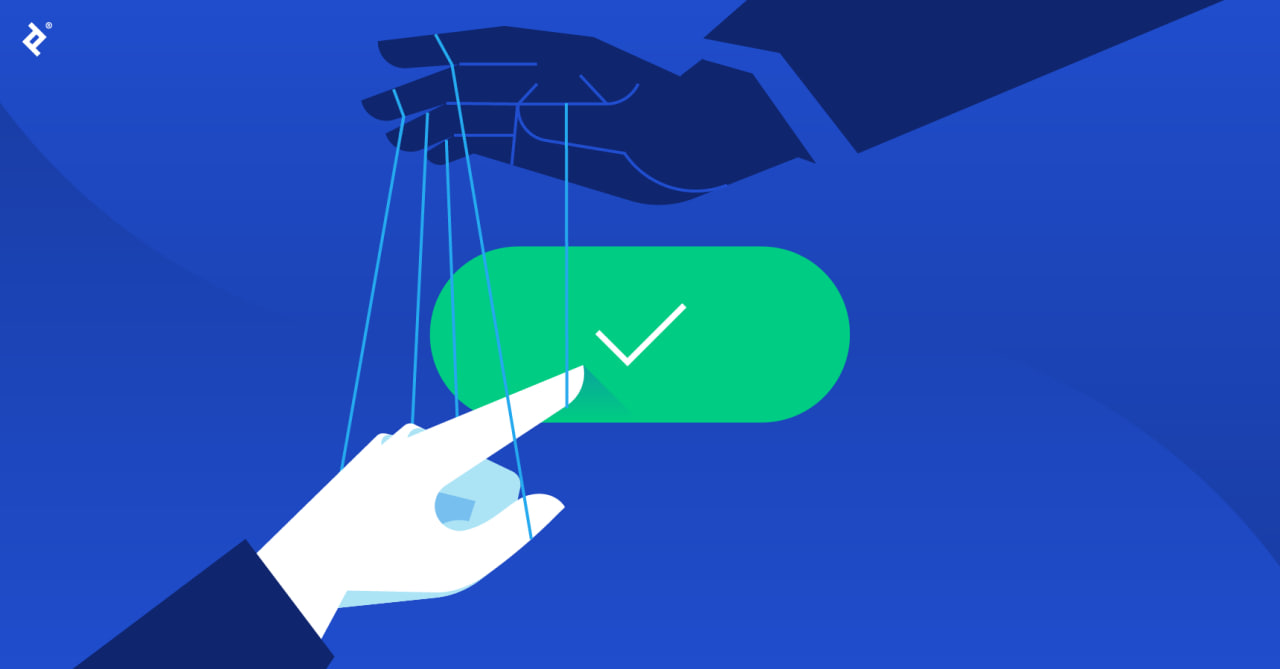Free Courses Sale ends Soon, Get It Now


Free Courses Sale ends Soon, Get It Now



Copyright infringement not intended
Context: The Secretary of the Department of Consumer Affairs strongly recommended internet platforms not to involve in unfair trade practices by introducing dark patterns into their web dashboards to manipulate customer choice and breach consumer rights.
Details
What are dark patterns?
Some common types of dark patterns are:
Bait and switch
Confirm shaming
Countdown timer
Hidden costs
Misdirection
Why are dark patterns harmful?
What is the Government doing about it?
How can you avoid dark patterns?
Conclusion
Must-Read Articles:
DARK PATTERNS: https://www.iasgyan.in/daily-current-affairs/dark-patterns
|
PRACTICE QUESTION Q. What is a dark pattern? A) A design choice that guides users towards a desired action B) A design choice that manipulates users into doing something they don't want to C) A design choice that enhances the user experience and satisfaction D) A design choice that violates the user's privacy and security Answer: B Explanation: Dark patterns are deceptive and unethical design practices that exploit the user's cognitive biases, emotions, or lack of information to influence their behaviour, often against their best interests. |
https://indianexpress.com/article/explained/explained-sci-tech/govt-dark-patterns-explained-8698289/
© 2024 iasgyan. All right reserved